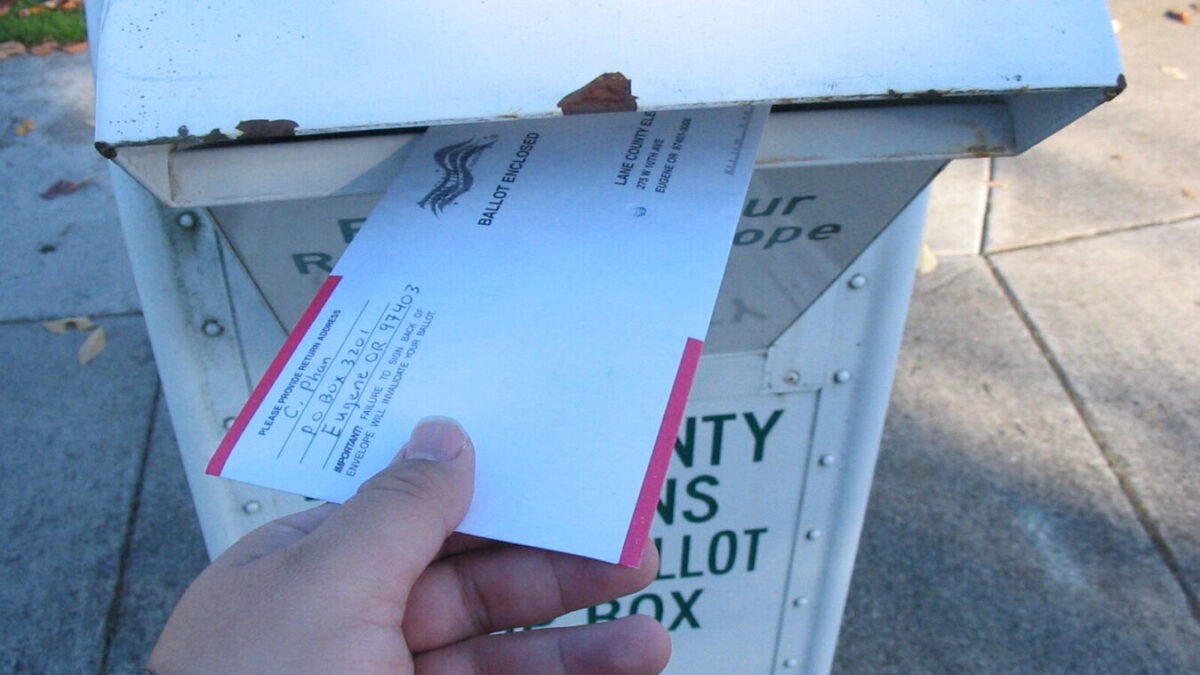Calls from the left and the media to repeal the updated rules for mail-in ballots are predictable. They opposed requiring photo voter identification to vote too. The attack on the reforms to mail-in ballot rules defy the data—and common sense.
First, the numbers. Opponents of the new law highlight that over 12% of mail-in ballots were rejected in the last primary election. That sounds high until you consider that more than 3 million people voted, making those rejected mail-in ballots less than 1% of all ballots cast.
But even that would overstate the problem, because the Texas law requires officials to work with voters to try to reconcile rejected ballots. Famously, Willie Nelson’s initial ballot was rejected, which he then reportedly fixed and resubmitted. There are surely others who did the same.
Additionally, once a voter received word their ballot was rejected, they could have decided to vote in person instead. We don’t know how many did, but while opponents of the law are attempting to claim that “confusing new rules” were responsible for large numbers of supposedly disenfranchised voters, the truth is that even if there was some initial confusion, it only affected a tiny fraction of votes cast. There is no reason to repeal the new law.
And now for some common sense. Elections have rules because without them we cannot trust the results. The two most basic rules for ensuring election integrity are that voters must demonstrate they are who they say they are and that they are eligible to vote in the election. Most voters do this by voting in person and showing an election worker a photo identification card that has both the voter’s picture and address on it, verifying identity and eligibility.
Mail-in ballots are inherently less secure. There is no way to guarantee that the ballot was received or filled out by the voter who applied for it. The identity protections for mail-in ballots that existed before the new law, such as matching signatures, proved meaningless.
A system in which some votes are verified and others are not is unacceptable. That’s why the Legislature was compelled to act last year. Texas has strong protections and relatively easy procedures for voting in person. Now the same is true for mail-in ballots.
Not only is this common sense, but the new measures are supported by the vast majority of Texans. In polls taken during the debate over the new rules last year, 89% of Texans said they support photo voter ID and 81% said voting in person and by mail should have the same voter identification requirements.
Every rejected ballot is one that couldn’t prove voter identity and/or eligibility. The increased number of rejected mail-in ballots is evidence that the law is working to prevent the inclusion of unverified and potentially fraudulent votes, which protects the legitimacy of election results, just as Texans want.
Do voters make honest mistakes? Of course. But there’s a process for reconciling mistakes for mail-in voters who neglect to put their address or even their own name on a mail-in ballot.
Texas voters don’t buy that the updated rules are too “confusing.” Fully 80% agree mail-in ballots should include either the identification number of a valid government ID or a partial Social Security number.
In the March primary, over 99% of voters were able to understand the rules and vote successfully without issue. For the tiny fraction of those who didn’t, there’s a process for making it right. Texas’ election reforms strengthen protections for every ballot and improve confidence in election results. It’s a better system that clearly works.







